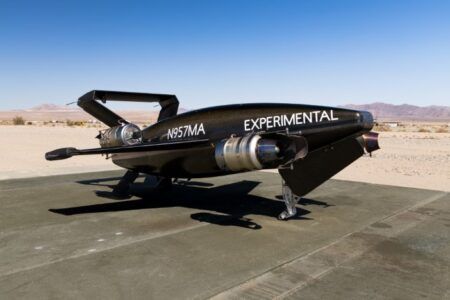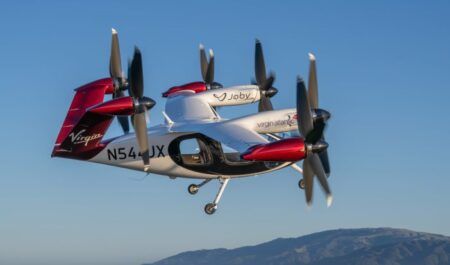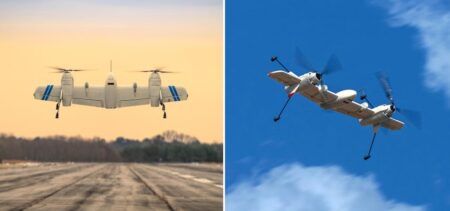The Federal Aviation Administration has published Part 107, its much-awaited regulation on the commercial use of small, unmanned aerial vehicles (UAVs) weighing less than 55 lb (25kg).
The new regulation, published on June 21, is welcome news to the millions of private and commercial drone users in the USA who have been waiting for the FAA’s UAV guidelines. The regulations have been in the works since Congress passed the FAA Modernization and Reform Act in 2012. Proposed rules were released last year, and the agency had been reviewing public comments before publishing the final version.
Previously, nearly all drone businesses were prohibited as they fell outside the rules. Now, with Part 107, filmmakers, journalists, aerial surveyors, photographers, real-estate agents and others can use drones for their work. Recreational drones under 55 lb will be excluded from the rules, which come into effect from August 1.
Hobbyists still must operate under the model aircraft rule mandated by Congress in the Modernization and Reform Act of 2012. These requirements say recreational UAV operators must have “visual line-of-sight” of their drones, fly them under 400ft (122m), stay clear of aircraft, and be at least five miles from airports.
If the same drone is used for hobby and commercial work, then it comes under Part 107. A UAV’s use defines the regulations it falls under.
Part 107 has similar limits for drones and defines the maximum speed (100mph/160km/h) and use in daylight only. In addition to staying clear of airports, commercial UAVs must not fly over anyone that is not directly involved with the drone’s operation. The FAA will develop separate rules for micro-UAVs (under 4.4 lb/2kg) to allow them to be flown over crowds, for example.
Commercial UAV pilots must 16 years old and practice standard ‘see-and-avoid’ – another plane is spotted, get out of the way. Importantly, the FAA dropped the idea that commercial UAV operators should hold a pilot’s license. Now commercial operators need a ‘remote pilot airman certificate’, which can be obtained after passing a basic aeronautical knowledge exam at an FAA-approved testing center.
To read more about UAV testing in the June 2016 issue of Aerospace Testing International, click here.
June 24, 2016




